Chen Xia
Command A: An Enterprise-Ready Large Language Model
Apr 01, 2025



Abstract:In this report we describe the development of Command A, a powerful large language model purpose-built to excel at real-world enterprise use cases. Command A is an agent-optimised and multilingual-capable model, with support for 23 languages of global business, and a novel hybrid architecture balancing efficiency with top of the range performance. It offers best-in-class Retrieval Augmented Generation (RAG) capabilities with grounding and tool use to automate sophisticated business processes. These abilities are achieved through a decentralised training approach, including self-refinement algorithms and model merging techniques. We also include results for Command R7B which shares capability and architectural similarities to Command A. Weights for both models have been released for research purposes. This technical report details our original training pipeline and presents an extensive evaluation of our models across a suite of enterprise-relevant tasks and public benchmarks, demonstrating excellent performance and efficiency.
Dual Domain-Adversarial Learning for Audio-Visual Saliency Prediction
Aug 16, 2022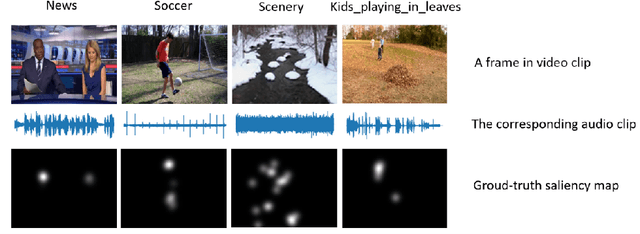
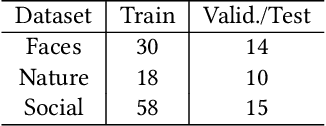
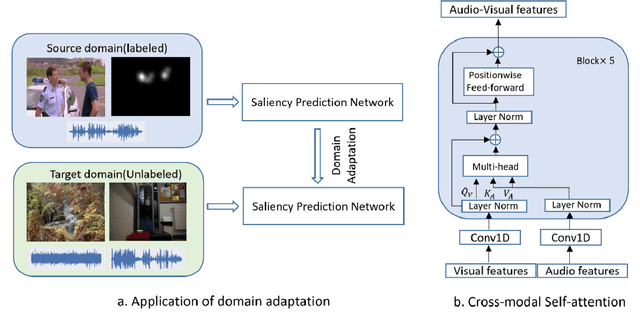
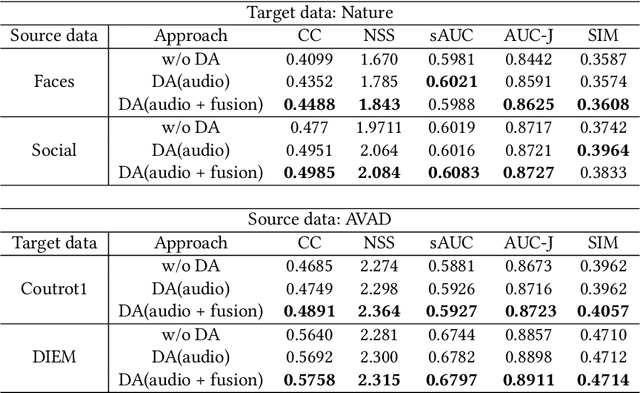
Abstract:Both visual and auditory information are valuable to determine the salient regions in videos. Deep convolution neural networks (CNN) showcase strong capacity in coping with the audio-visual saliency prediction task. Due to various factors such as shooting scenes and weather, there often exists moderate distribution discrepancy between source training data and target testing data. The domain discrepancy induces to performance degradation on target testing data for CNN models. This paper makes an early attempt to tackle the unsupervised domain adaptation problem for audio-visual saliency prediction. We propose a dual domain-adversarial learning algorithm to mitigate the domain discrepancy between source and target data. First, a specific domain discrimination branch is built up for aligning the auditory feature distributions. Then, those auditory features are fused into the visual features through a cross-modal self-attention module. The other domain discrimination branch is devised to reduce the domain discrepancy of visual features and audio-visual correlations implied by the fused audio-visual features. Experiments on public benchmarks demonstrate that our method can relieve the performance degradation caused by domain discrepancy.
Unsupervised Morphological Paradigm Completion
May 20, 2020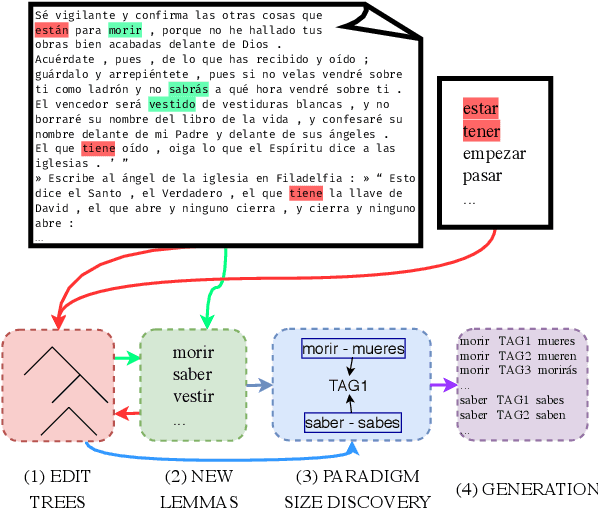
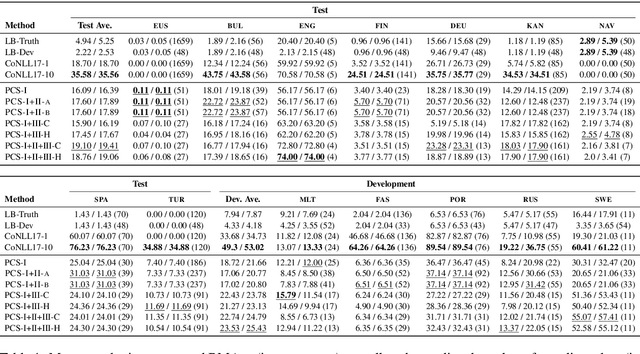
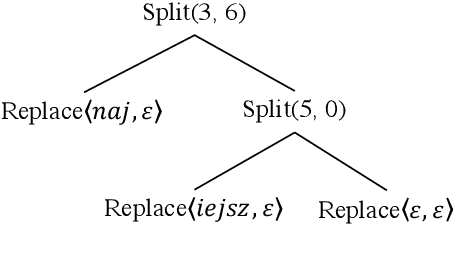
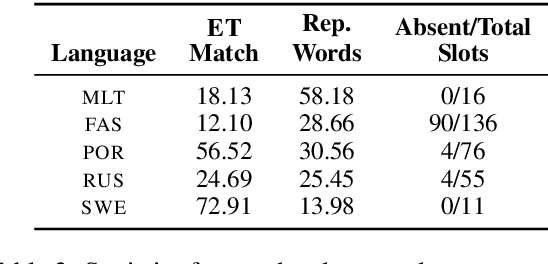
Abstract:We propose the task of unsupervised morphological paradigm completion. Given only raw text and a lemma list, the task consists of generating the morphological paradigms, i.e., all inflected forms, of the lemmas. From a natural language processing (NLP) perspective, this is a challenging unsupervised task, and high-performing systems have the potential to improve tools for low-resource languages or to assist linguistic annotators. From a cognitive science perspective, this can shed light on how children acquire morphological knowledge. We further introduce a system for the task, which generates morphological paradigms via the following steps: (i) EDIT TREE retrieval, (ii) additional lemma retrieval, (iii) paradigm size discovery, and (iv) inflection generation. We perform an evaluation on 14 typologically diverse languages. Our system outperforms trivial baselines with ease and, for some languages, even obtains a higher accuracy than minimally supervised systems.
Visualizing Trends of Key Roles in News Articles
Sep 12, 2019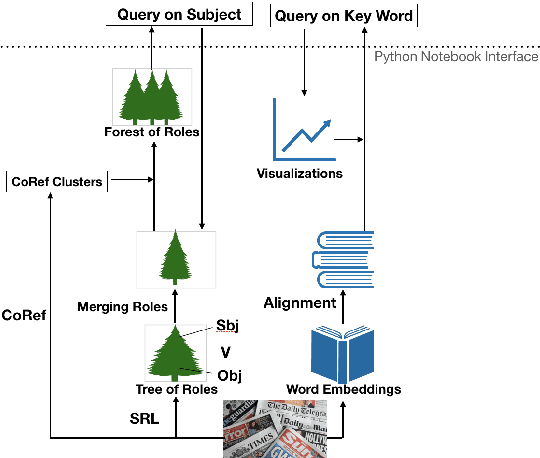
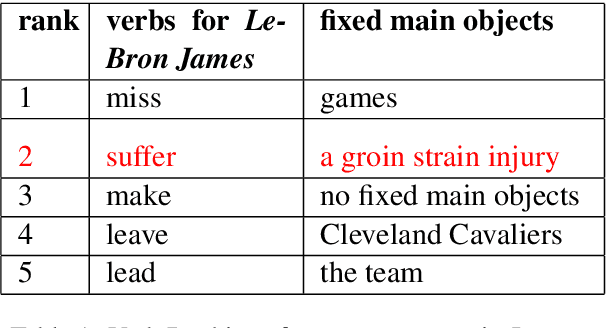
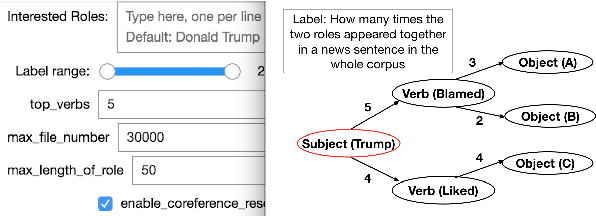
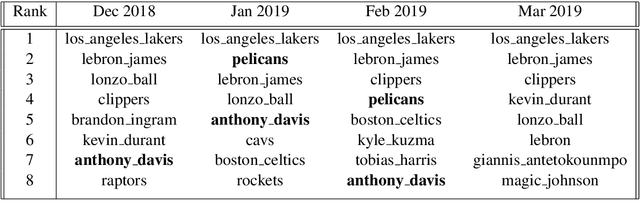
Abstract:There are tons of news articles generated every day reflecting the activities of key roles such as people, organizations and political parties. Analyzing these key roles allows us to understand the trends in news. In this paper, we present a demonstration system that visualizes the trend of key roles in news articles based on natural language processing techniques. Specifically, we apply a semantic role labeler and the dynamic word embedding technique to understand relationships between key roles in the news across different time periods and visualize the trends of key role and news topics change over time.
 Add to Chrome
Add to Chrome Add to Firefox
Add to Firefox Add to Edge
Add to Edge